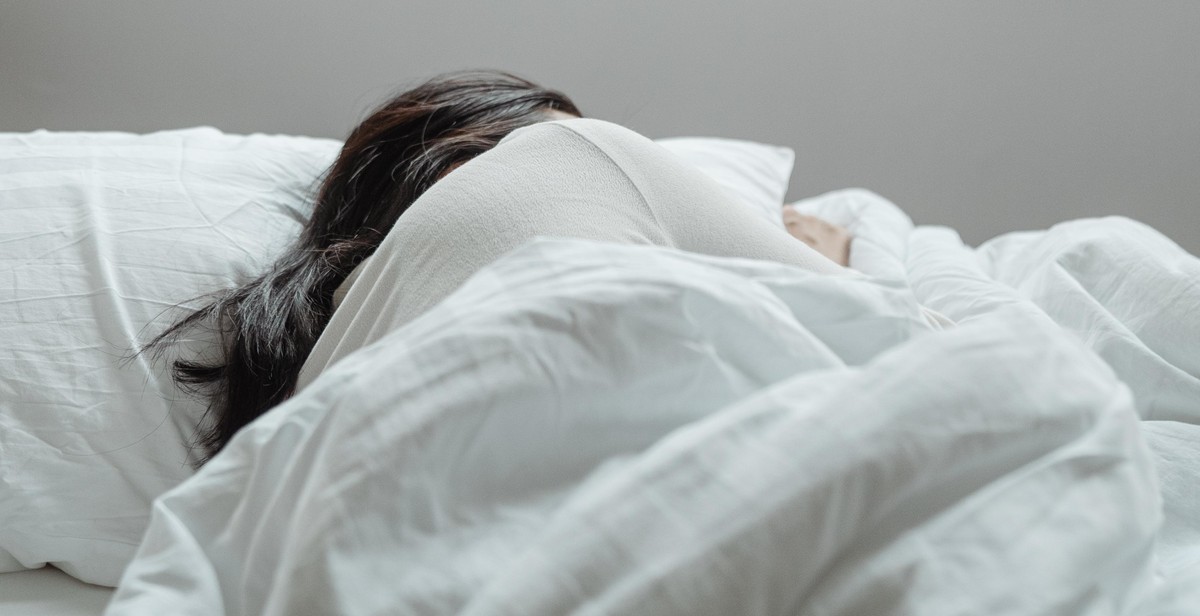How to Design a Relaxing Nighttime Routine: Promoting Restful Sleep
Getting a good night’s sleep is crucial for our overall health and well-being. However, with the demands of modern life, it can be challenging to unwind and relax at the end of the day. That’s where a relaxing nighttime routine comes in. By creating a routine that promotes restful sleep, we can improve our quality of sleep, reduce stress, and wake up feeling refreshed and energized.
Why a Relaxing Nighttime Routine is Important
A relaxing nighttime routine helps to signal to our bodies that it’s time to wind down and prepare for sleep. It can help to reduce stress and anxiety, which are common barriers to falling asleep and staying asleep. By incorporating relaxation techniques such as meditation, deep breathing, or gentle stretching into your routine, you can help to quiet your mind and relax your body. Additionally, avoiding stimulating activities such as watching TV or using electronic devices before bed can help to promote better sleep.
In this article, we’ll explore some tips and strategies for designing a relaxing nighttime routine that promotes restful sleep. From creating a calming environment to incorporating relaxation techniques, we’ll provide you with everything you need to know to get a good night’s sleep.

Step 1: Create a Soothing Environment
Designing a relaxing nighttime routine starts with creating a soothing environment that promotes restful sleep. The following tips will help you create a peaceful atmosphere:
Choosing the Right Lighting
The right lighting can make a huge difference in creating a relaxing environment. Avoid bright lights and opt for soft, warm lighting instead. Use dimmer switches or lamps with low-wattage bulbs to create a cozy atmosphere. Consider using candles or a Himalayan salt lamp for a warm and inviting glow.
Creating a Comfortable Temperature
The temperature of your bedroom can greatly affect your ability to fall and stay asleep. It is recommended to keep your room between 60-67 degrees Fahrenheit for optimal sleep. Use a fan or an air conditioner to cool the room, and add extra blankets or a space heater to regulate the temperature as needed.
Minimizing Noise and Distractions
Noise and distractions can interrupt your sleep, making it difficult to fall and stay asleep. Use earplugs or a white noise machine to drown out any unwanted noise. Remove any electronics or devices that emit light or sound from your bedroom. Consider using blackout curtains or an eye mask to block out any external light.
Choosing Calming Scents
Scents can have a powerful effect on your mood and ability to relax. Use essential oils, such as lavender, chamomile, or jasmine, in a diffuser or spray to create a calming atmosphere. You can also use scented candles or incense, but be sure to extinguish them before going to bed.
Selecting Relaxing Colors
The colors in your bedroom can also affect your mood and ability to relax. Choose calming and soothing colors, such as blues, greens, and soft neutrals. Avoid bright or bold colors that can be stimulating and energizing. Use soft, comfortable bedding and pillows to create a cozy and inviting atmosphere.

Step 2: Unwind Your Mind and Body
After completing step one, it’s time to unwind your mind and body to promote restful sleep. Here are some tips:
Avoiding Stimulants Before Bed
Stimulants such as caffeine, nicotine, and alcohol can interfere with your ability to fall asleep and stay asleep. It’s best to avoid these substances for at least four hours before bed. Instead, try drinking a cup of chamomile tea, which has a calming effect on the body.
Relaxation Techniques
Relaxation techniques, such as deep breathing, meditation, and progressive muscle relaxation, can help calm your mind and body. These techniques can also help reduce anxiety and stress, which are common culprits of sleep problems. Try practicing these techniques for 10-15 minutes before bed.
Stretching and Yoga
Stretching and yoga can help release tension in your muscles and promote relaxation. A gentle yoga practice before bed can help prepare your body for sleep. Try doing some basic poses, such as child’s pose, forward fold, and legs up the wall, for 10-15 minutes.
- Avoid stimulants such as caffeine, nicotine, and alcohol for at least four hours before bed.
- Practice relaxation techniques such as deep breathing, meditation, and progressive muscle relaxation for 10-15 minutes before bed.
- Do some basic stretching and yoga poses before bed to release tension in your muscles and promote relaxation.
By following these tips, you can unwind your mind and body and promote restful sleep.

Step 3: Disconnect from Technology
Our constant connection to technology can be a major source of stress and anxiety, making it difficult to unwind and fall asleep at night. Setting boundaries with work and avoiding screen time before bed can help you disconnect and promote restful sleep.
Setting Boundaries with Work
In today’s digital age, it can be challenging to separate work and personal life. However, it’s important to set boundaries and avoid checking work emails or taking work-related calls before bed. This can help you avoid work-related stress and allow your mind to relax and prepare for sleep.
If you find it difficult to disconnect from work, try setting a specific time each day to stop checking emails or taking work-related calls. This can help you establish a routine and signal to your brain that it’s time to unwind and relax.
Avoiding Screen Time Before Bed
The blue light emitted from electronic devices such as smartphones, tablets, and laptops can disrupt your body’s natural sleep-wake cycle, making it harder to fall asleep at night. To promote restful sleep, it’s important to avoid screen time before bed.
Try setting a “no screen time” rule at least an hour before bed. Instead of scrolling through social media or watching TV, try reading a book, taking a warm bath, or practicing relaxation techniques such as deep breathing or meditation.
Summary
- Set boundaries with work to avoid work-related stress before bed.
- Avoid screen time before bed to promote restful sleep.
- Try relaxation techniques such as deep breathing or meditation to help you unwind and relax.

Step 4: Establish a Consistent Routine
Establishing a consistent routine is essential in promoting restful sleep. When you follow a set routine, your body will start to recognize when it’s time to wind down and prepare for sleep. This will help you fall asleep faster and stay asleep longer.
Creating a Bedtime Ritual
Creating a bedtime ritual is an excellent way to establish a consistent routine. Your bedtime ritual should consist of relaxing activities that help you unwind and prepare for sleep. Some activities you can include in your bedtime ritual include:
- Reading a book
- Meditating or practicing yoga
- Taking a warm bath or shower
- Listening to calming music
Choose activities that work for you and make them a part of your nightly routine. This will help signal to your body and mind that it’s time to wind down and get ready for sleep.
Sticking to a Sleep Schedule
Sticking to a sleep schedule is also crucial in establishing a consistent routine. Try to go to bed and wake up at the same time every day, even on weekends. This will help regulate your body’s internal clock and make it easier to fall asleep and wake up.
It’s also important to avoid naps during the day, especially if you have trouble falling asleep at night. If you do need to take a nap, make sure it’s early in the day and only for a short period.
If you have trouble sticking to a sleep schedule, try setting an alarm to remind you when it’s time to go to bed. Over time, your body will adjust to the routine, and you’ll find it easier to fall asleep and wake up feeling refreshed.
| Tip: | Be patient with yourself as you establish a consistent routine. It can take several weeks for your body to adjust to a new sleep schedule, so don’t get discouraged if you don’t see immediate results. |
|---|

Conclusion
Creating a relaxing nighttime routine is essential for promoting restful sleep. Incorporating activities that help you unwind and de-stress can have a significant impact on the quality and duration of your sleep. By following the tips outlined in this article, you can design a nighttime routine that works best for you.
Key takeaways
- Establish a consistent sleep schedule to regulate your body’s internal clock.
- Avoid electronics and blue light exposure before bedtime to promote relaxation.
- Incorporate relaxation techniques such as meditation, yoga, or deep breathing exercises.
- Create a comfortable sleep environment by adjusting the temperature, lighting, and noise levels.
- Consider using essential oils, aromatherapy, or a warm bath to help you relax and unwind.
Final thoughts
Getting enough restful sleep is essential for overall health and wellbeing. By taking the time to design a relaxing nighttime routine, you can improve your sleep quality and wake up feeling refreshed and energized. Remember, what works for one person may not work for another, so experiment with different techniques and find what works best for you.
| Author: | John Doe |
| Date Published: | June 1, 2021 |
